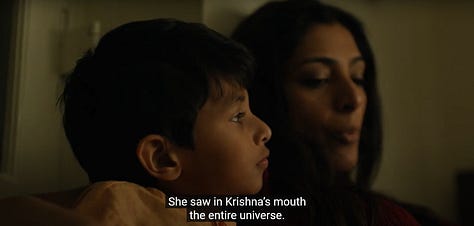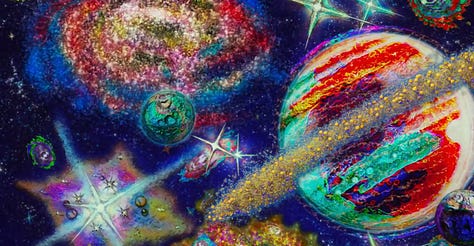Mircea at the outset states two different kinds, the man of the archaic and the man of the modern societies. The chief difference being, archaic man feels connected with the Universe, and the other who has lost touch with the cosmos. The reference point of modern man is in history of humanity, and not the “sacred” history that archaic man believed in.
This sacred history is essentially preserved and transmitted through myths. Myths serve as models for ceremonies that periodically reactualize the tremendous events that occurred at the beginning of time.
My own aim through these readings is to understand our place in space and in time and make a better sense of the world around me. To start with, I am inclined to make some sort of connection between “meme” and “myth”. Are memes just atomized and short-lived forms of myth? While myths transcend centuries and even millennia in some cases and memes are fast-moving, they do reference a common and base-understanding of something.
Coming back to the myths and their recurrence, one simple example I can think of is the reference of a story from “Bhagvat purana” in Ang Lee’s film “Life of Pi”. Pi’s (protagonist) mom is narrating the story in which Krishna’s mother Yashoda asks Krishna to open his mouth to see if he swallowed any dirt, upon request, Krishna opens his mouth and Yashoda can see the entire Universe - sun, moon, and the stars. The symbolic meaning here being the omnipresence of God. In the context of the film, the protagonist is always walking the tightrope between Science and Religion, getting influenced by his father and mother respectively. The key aspect here is also the telling of this myth in the film. When the mother is narrating the story, it is being filmed as a conversation between Pi and his mother. But then Pi is shown reading the same story in a comic book, where the camera closes into the frame with Krishna’s mouth with imagery of the Universe, and for a few second the entire imagery comes alive, becomes vibrant and starts animating. This is a powerful instance which first-hand demonstrates how myths get transmitted.



In an era when our senses are stimulated with different media fighting for our attention span, it is difficult to put ourselves in the shoes of an archaic man, where myths were not a means for entertainment, world-building, and sense-making, but also survival, culture, and identity.
I will share more insights and thoughts on Mircea Eliade’s book “The Myth of the Eternal Return” in the coming days. Stay tuned for more…
~ Mandar

